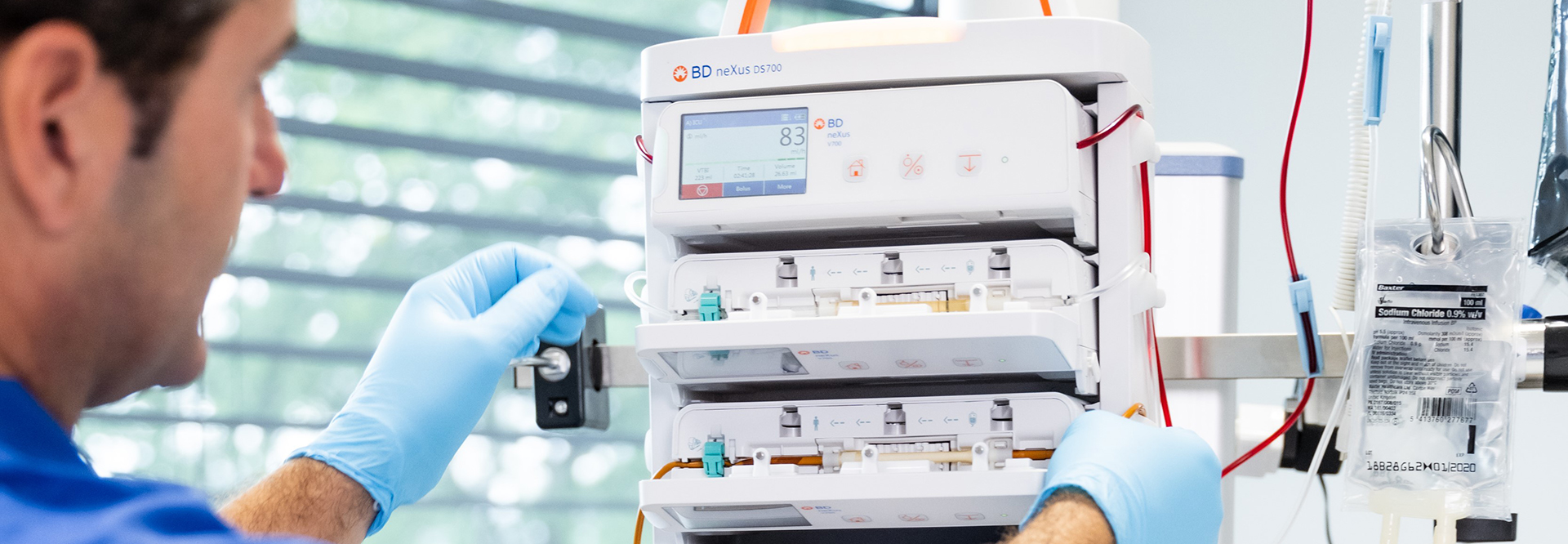Smart Pumps, Smarter Nurses -
The Evolution of Technology in Healthcare
A recent study by Schroers et al (2021)1 undertook a qualitative systematic review to better understand the reasons behind medication errors. Among the top reasons cited by nurses:

Lack of knowledge (of protocols, or how to use a technology) and training

Lack of available guidelines

Poor design of equipment (e.g. too complicated)

Inexperience
When it comes to medication errors, intravenous medicines present a higher risk - due to the more complex processes that are required to prepare and administer them.2

90%
of hospital patients will receive medications, fluids or blood products via IV infusion pump in the USA.3

54%
of all adverse drug events are associated with IV infusions in the USA.4

56%
of medication errors are associated with IV infusions in the USA.4

61%
of life-threatening errors are associated with IV infusions in the USA.5
The dangers of design flaws and decimals
Something as innocuous as a decimal point can also wreak unintended havoc, as has been observed with IV pumps, that, for example, do not register decimal points. When it comes to entering information on a keypad, decimal points have the potential to cause significant dosing errors.

How can product design support nurses and safeguard patient safety?
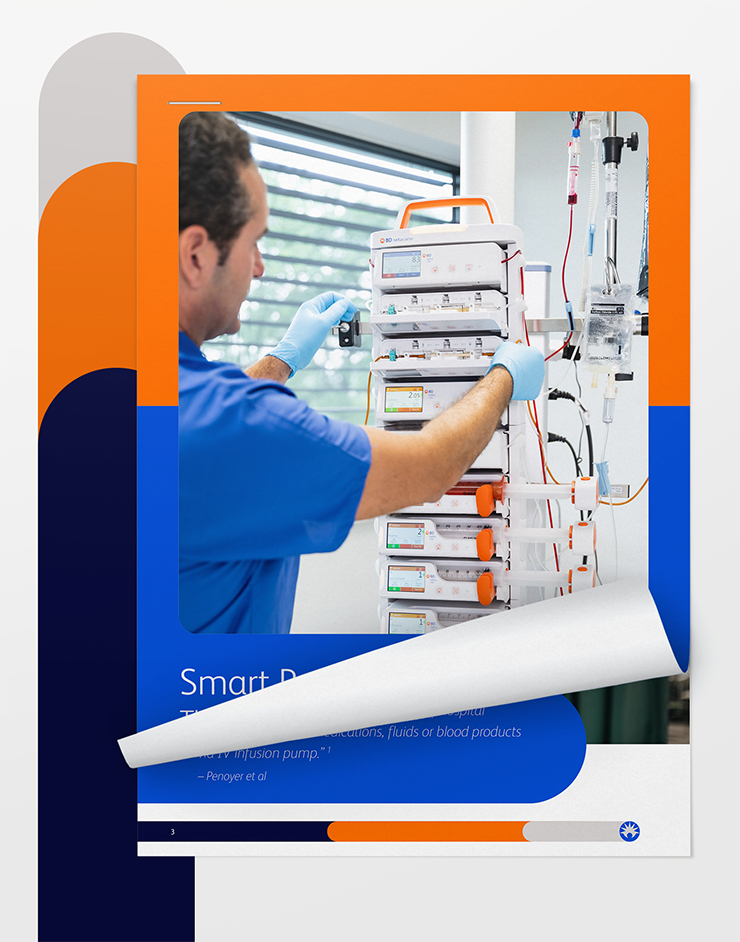
Smart Pumps, Smarter Nurses -
The Evolution of Technology in Healthcare
This report examines the relationship between nurses and the technologies that they use, and the challenges that demanding environments like the ICU can present with regards to technology.
What the report covers
- How inadvertent design flaws can cause unanticipated problems
- Human factor useability principles and the concept of "poka-yoke" in medical device design
- Ease-of-use and intuitive design in IV infusion pumps: introducing the BD neXus IV Infusion Pump
Innovative design aspects
Hear from Richard Bailey, Global Systems Associate Director for BD Infusion Pumps, on the design process for the new pump, which included more than 100 live sessions with nurses to "test drive" it. These are some of the key design aspects:
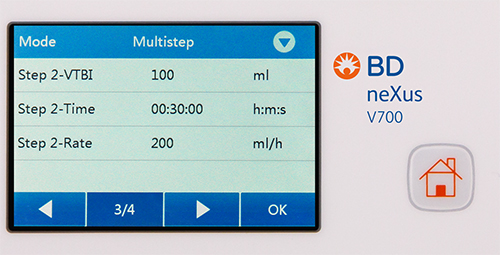
Home button to simplify access to most-used functions
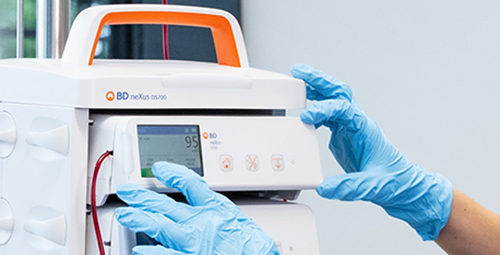
Use of chevrons to adjust values
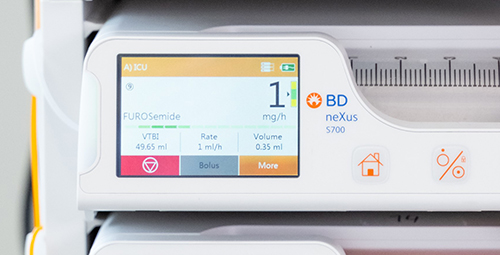
New colour coding and simplified information on screen for at-a-glance updates
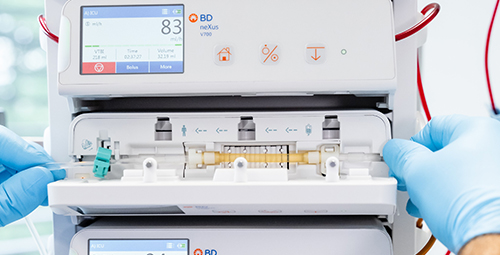
Enhanced flexibility with new 3-way syringe loading: choice of automatic, semi-automatic or manual mode
Designed with clinicians for clinicians
"We had three main goals with the design of the BD neXus IV Infusion Pump: simplification, performance and connection. Keeping ease of use at the centre of our design was a critical requirement for the team."
Richard Bailey, Global Systems Associate Director, BD
The art of simplifying complexity
Connected Medication Management combines a streamlined approach with professional services to reduce medication errors and increase traceability. This approach can help you to reduce unnecessary interruptions, centralise infusion monitoring and facilitate better infusion risk management.
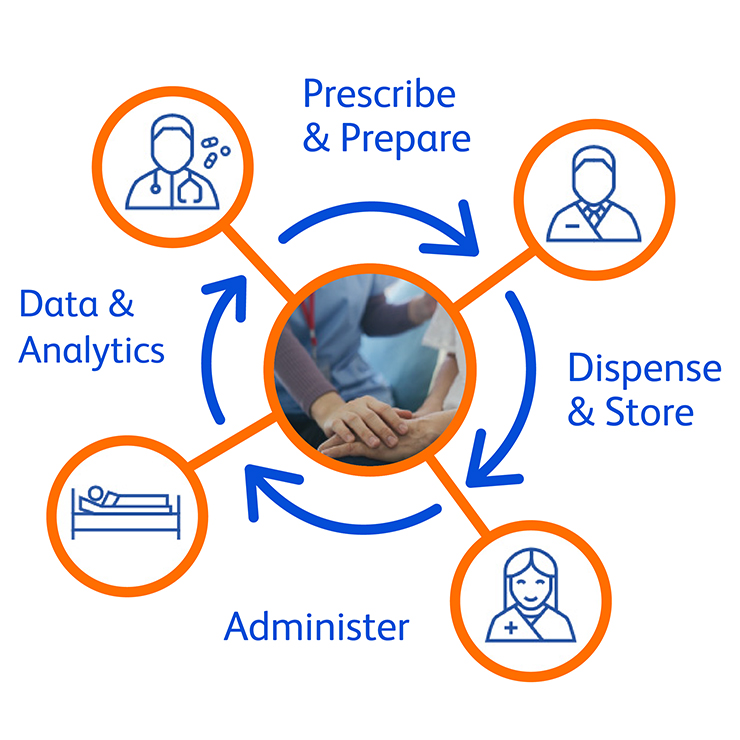
What if you could stay focused while juggling several things at the same time?
What if you could put the focus on well-being for nurses ?

